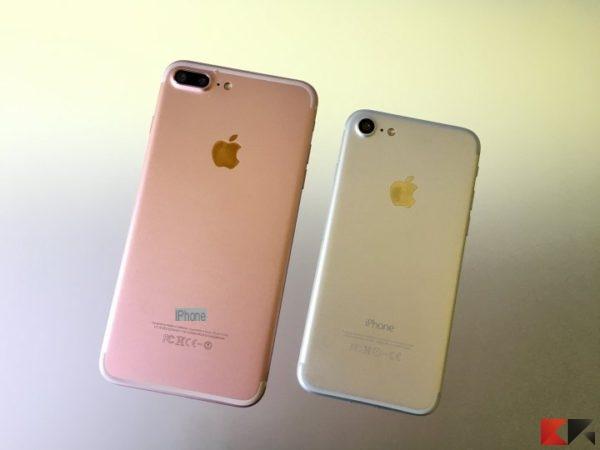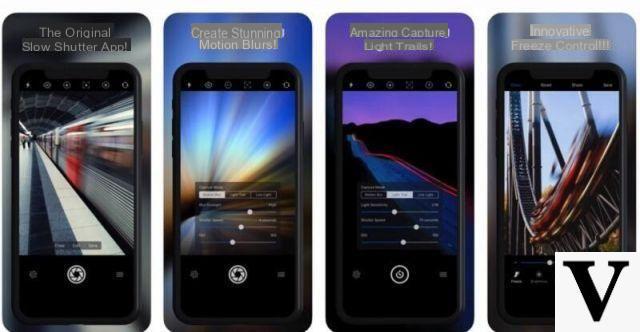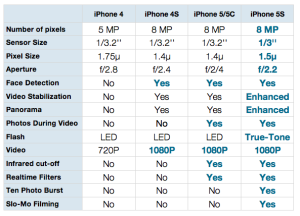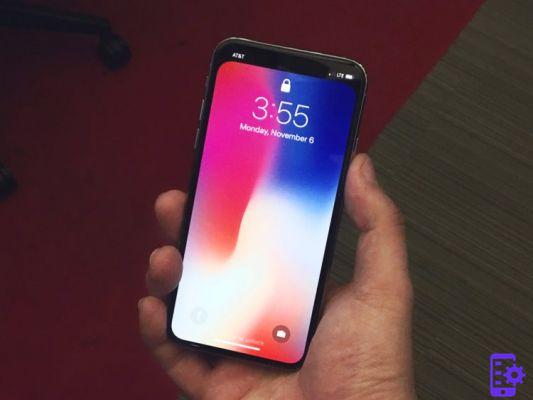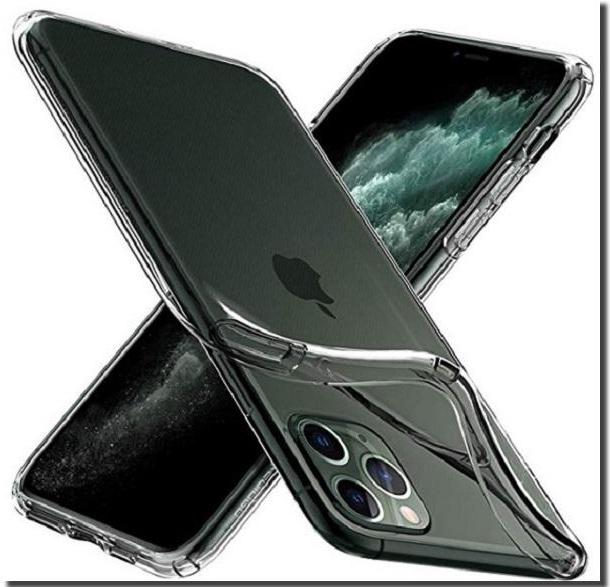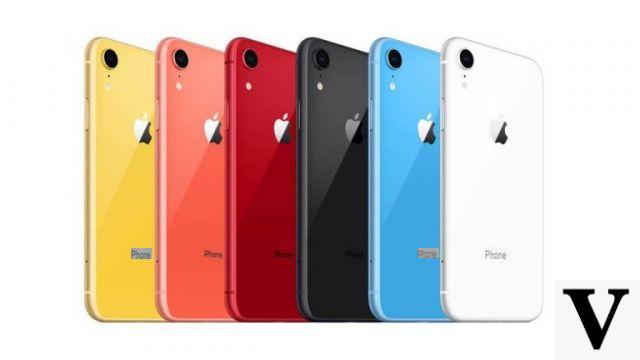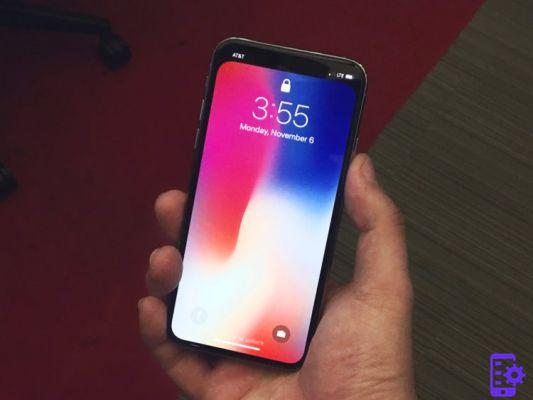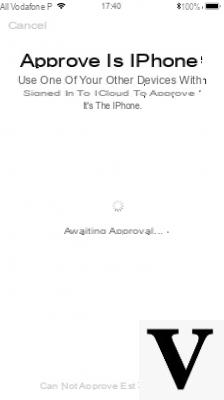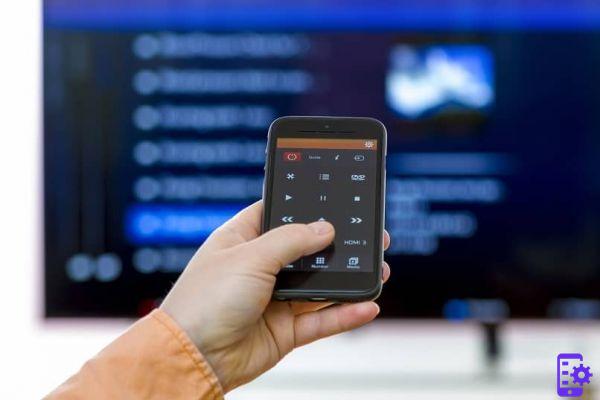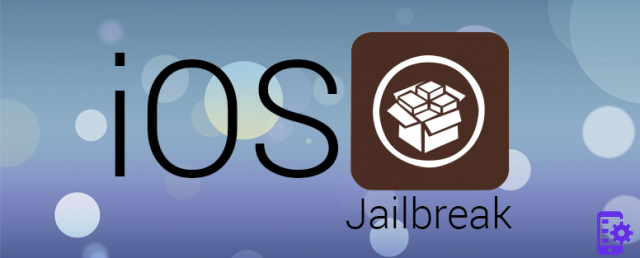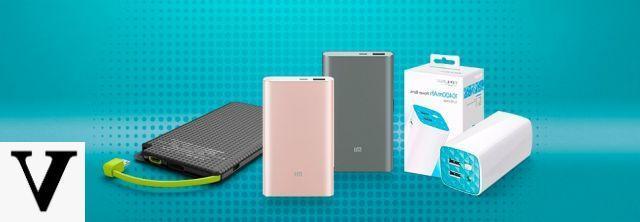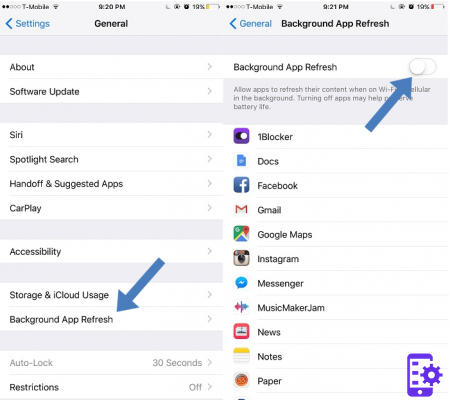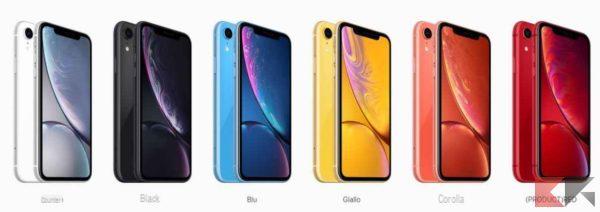In the eternal challenge between Android and iOS today in the ring they go up iPhone X vs Xiaomi Mi 8, two top-of-the-range smartphones that are capable of churning out quality photos and videos. The real question that many fans of one or the other brand ask themselves is the following: who takes the best photos? Is it really worth spending € 1000 to get top-of-the-range photographic quality? Let's try to answer this and other questions in the next few lines, but paying attention to our personal considerations on which of the two smartphones takes the best photos.
IPHONE X vs XIAOMI MI 8: BOTH AWARDED BY DXOMARK
Although it is not "the Word", the objective judgment of DxO Mark is undoubtedly useful in order to have an initial point of reference in choosing a top camera phone, and the reason is simple: the enormous amount of photos and videos that are taken to allow the most objective and in-depth analysis. iPhone X at launch was positioned in the top positions of the ranking, even if almost a year after its debut it is more than normal that other smartphones have conquered the highest positions in the ranking. In particular, the score assigned to Huawei P20 Pro is striking, which with its 109 points really separates all the competition and reaches where no smartphone has ever gone.
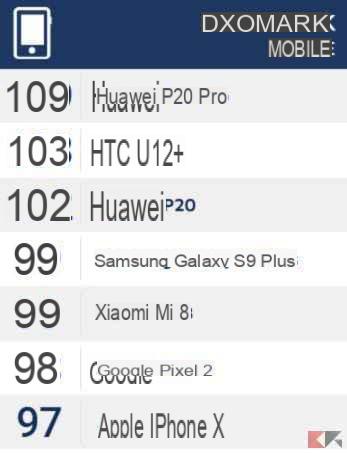
Iphone X with its 97 points still remains one of the best top cameraphones, but even Xiaomi Mi 8 does not joke: DxO Mark has assigned it a score of 99 points, resulting in some parameters even higher than the top of the Apple range. We therefore decided to field test this difference, and try to undermine both smartphones to reveal strengths and weaknesses.
IPHONE X vs XIAOMI MI 8: HOW DO THE PHOTOS TAKE?
Armed with patience, smartphones and lots of water (with temperatures above 35 ° C, Ed.) We went around for a few hours to take pictures that any of us could usually take. In our personal opinion, in fact, it would be useless to try to use the smartphone as a professional tool, trying to get the best out of each device: we leave that to marketing professionals. A smartphone must first of all be an extension of our daily life, and this is the world in which it is used by the vast majority of users.
Photographs in optimal lighting conditions do not have many differences: both rear cameras of the two devices have a 12 Megapixel main sensor able to capture the same amount of details (pixels), so the difference is made by other variables such as the quality of the lenses, stabilization, software processing. Both capable of taking great daytime photos, with near-zero digital noise for iPhones that it always manages to keep the ISO value as low as possible (20/16 depending on the lens used), while Xiaomi Mi 8 starts from a base of 100.
One thing that immediately catches the eye is the color saturation: the photos taken with the Xiaomi Mi 8 have more vivid colors without however seeming unnatural: nothing that a little retouching with one of the photo editing apps cannot solve, but looking at two identical photographs those taken by Xiaomi Mi 8 are more pleasant, especially for a novice audience. We have in fact asked many people not used to technicalities to give an opinion on the photos taken and almost always the preference has gone towards the top of the Xiaomi home range, probably precisely because of the more vivid colors that highlight all the photos.
Both smartphones have optically stabilized lenses that help when shooting with the corresponding telephoto lenses, which have a smaller aperture. Both f / 1.8 on the main sensor, and both f / 2.4 on the telephoto lens which for both smartphones allows a 2X optical zoom, therefore without loss of definition. For scenes where the light is not optimal, iPhone X has the advantage of keeping the ISO low and portraying a more illuminated and homogeneous scene, unlike the Xiaomi Mi 8, even if the photos taken with the iPhone are often too "hot". However, they are small things, nothing that really makes a difference but the advantage, albeit minimal, is there.
The result is practically identical when Portrait mode is used with the rear camera: in this case the difference in aperture of the double sensor of both smartphones allows you to separate the subject of the photo from the background, so as to apply the famous bokeh even with the help of the software on board these devices. The result with our test figure shows a situation of parity between the two smartphones: both contour perfectly the subject of the photo by applying a blur to the rest.
More interesting, however, when we use the Portrait mode with the front camera: given the absence of a dual camera that can take advantage of the different opening of two photographic sensors, a good software algorithm is necessary to obtain excellent results. The wide front camera from 20 Megapixel of the Xiaomi Mi 8 here eclipses in definition that of the iPhone X, which returns shots from only 7 Megapixels: you can observe the detail of the eyes to understand the difference in definition between the two. The Xiaomi Mi 8 also manages to capture a larger portion of the shot, unlike the iPhone X, but there is a non-negligible defect: the Xiaomi Mi 8, as well as many other Xiaomi smartphones with the MIUI ROM on board, has the tendency to overexpose photographs taken with the front camera.
The result is an excessively smooth skin in very bright environments, such as the ChimeraRevo office with white walls, or outdoors with lots of light; moreover, the skin color is completely faded, not very faithful to reality. Xiaomi Mi 8, however, wins hands down for the quality of the contour of the subject compared to the rest of the frame, thanks to the software algorithm used but also to the greater definition of the front camera.
You can view the gallery with images in less compressed format on IMGUR at this address: https://imgur.com/a/FFexoOv.
IPHONE X vs XIAOMI MI 8: COME REGISTRANO I VIDEO?
Both smartphones have the right data sheet to shoot higher quality videos than most smartphones on the market: iPhone X records up to a resolution 4K / 60FPS while the Xiaomi Mi 8 stops at the 4K / 30FPS, although with a future software update (MIUI 10 ?, Editor's note) 4K at 60 FPS should also arrive. Slow-motion videos can be recorded for both up 1080P to 240FPS for truly defined slow-motion that will awaken the director in you.
Analyzing the recorded videos iPhone X in normal videos behaves very well, thanks also to the stabilization of the videos which is one of its greatest strengths. Xiaomi Mi 8 occasionally loses hits, but then goes back to slow-motion, which seemed much more defined to us: you can take a look at the final result in the video on our YouTube channel.
IPHONE X vs XIAOMI MI 8: CHI VINCE LA SFIDA?
Now the protagonists are you: have you got an idea of who wins this challenge between two of the best cameraphone on the market? If so, then write us below in the comments which smartphone in your opinion deserves to win the challenge between the two contenders, even if here it seems only right to make a clarification.
The Xiaomi Mi 8 used for this experiment can be found online for less than € 400 from import stores, and at about € 450 from stores that offer a two-year warranty in cities like Geekmall.com: if we do the math we can buy two Xiaomi Mi 8 and many accessories with the same expense with which you can buy only one iPhone X. Having said that then let's add another question: is it really worth spending more than € 1000 when with about € 400 you can buy a smartphone that sometimes photos even higher? Let us hear your opinion in the comments!





